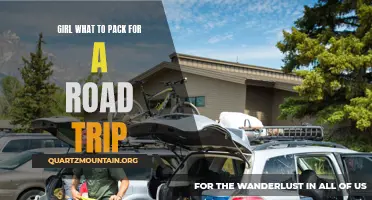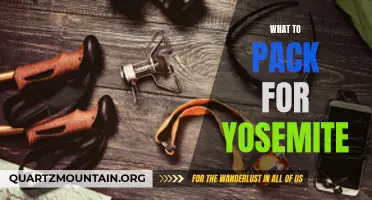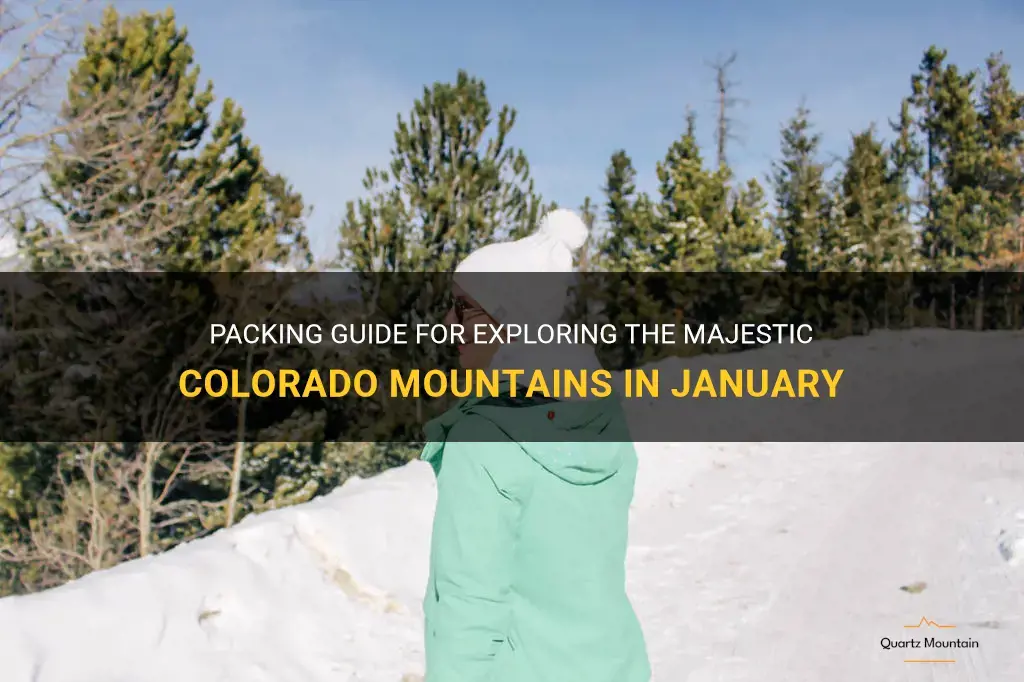
Are you ready to embark on an unforgettable winter adventure in the majestic Colorado mountains? Exploring the natural beauty and tranquility of this snowy wonderland is a once-in-a-lifetime experience. But before you head out, it's important to be prepared and pack wisely. In this guide, we will walk you through everything you need to know about packing for your January journey, from essential clothing and gear to safety precautions. So grab your warmest boots and let's get started on a packing adventure that will ensure a memorable and comfortable trip to Colorado's winter wonderland!
What You'll Learn
- What kind of clothing should I pack for a January trip to the Colorado mountains?
- Are there any specific items or gear that I should bring for hiking or other outdoor activities in the Colorado mountains in January?
- How cold does it typically get in the Colorado mountains in January, and what should I pack to stay warm?
- Are there any essentials that I shouldn't forget to pack for a January trip to the Colorado mountains?
- Are there any specific packing considerations or tips for traveling to the Colorado mountains in January, such as dealing with snowy conditions or limited access to certain areas?

What kind of clothing should I pack for a January trip to the Colorado mountains?
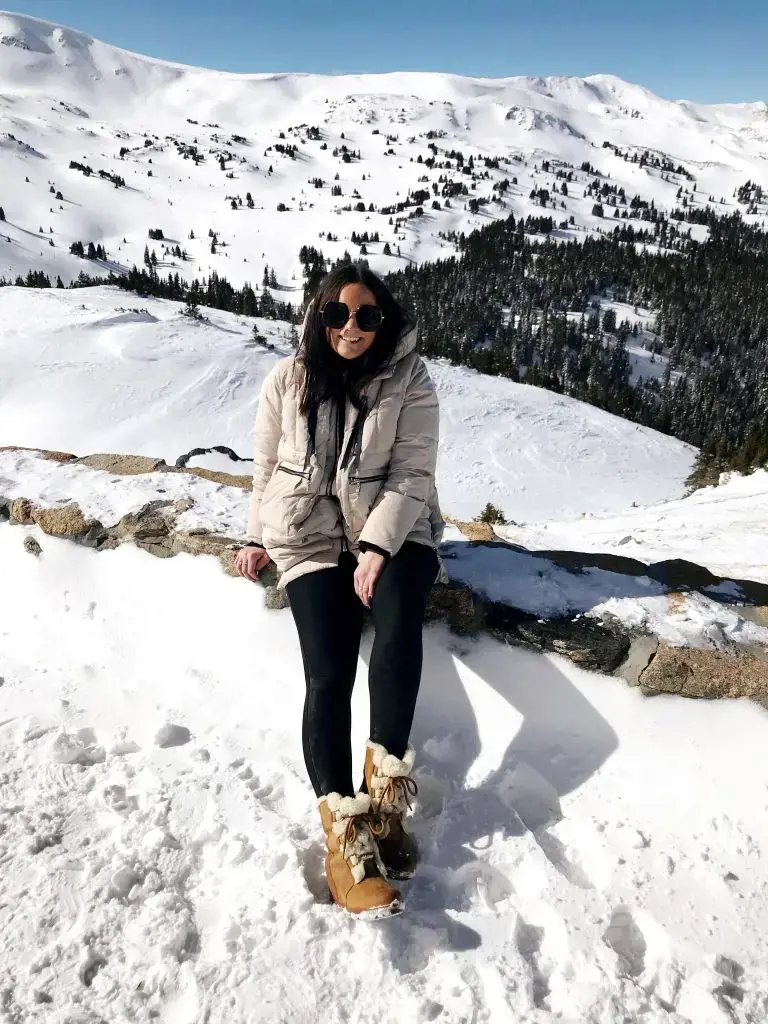
If you are planning a trip to the Colorado mountains in January, it is important to pack the right clothing to ensure your comfort and safety in the extreme winter conditions. The mountains can experience heavy snowfall, low temperatures, and strong winds, making it crucial to dress appropriately. Here are some tips on what kind of clothing to pack for your January trip to the Colorado mountains:
- Layering is key: Layering is the best way to stay warm in cold weather. Start with a base layer made of moisture-wicking material like merino wool or synthetic fabrics. This will help keep you dry by wicking away sweat from your body. Over the base layer, add a mid-layer like a fleece or down jacket for insulation. Finally, top it off with a waterproof and windproof outer layer, such as a Gore-Tex jacket.
- Don't forget about your extremities: Your hands, feet, and head are especially vulnerable to cold temperatures. Pack warm gloves or mittens that are insulated and waterproof. It's a good idea to bring an extra pair in case one gets wet. For your feet, opt for insulated and waterproof boots that provide good traction on snow and ice. Don't forget to bring warm socks, preferably made of wool. Lastly, pack a hat or beanie that covers your ears and a neck gaiter or scarf to protect your neck from the cold.
- Choose the right pants: When it comes to choosing pants for your trip, opt for waterproof and insulated pants. You may want to consider wearing a base layer underneath for extra warmth. Look for pants that are designed for winter sports, as they often have reinforced knees and seat areas for added durability.
- Pack plenty of warm layers: In addition to the base layers and mid-layers mentioned earlier, make sure to pack plenty of warm clothing items such as sweaters, thermal tops, and fleece-lined leggings. These extra layers will give you added warmth when needed and can easily be added or removed as the temperature changes throughout the day.
- Don't skimp on accessories: Along with your main clothing items, don't forget to pack some essential accessories. These include a pair of warm socks, sunglasses or goggles to protect your eyes from snow glare, and sunscreen to protect your skin from the intense winter sun. It's also a good idea to bring hand warmers and toe warmers for extra comfort during particularly cold days.
- Be prepared for emergencies: When venturing into the mountains in winter, it's important to be prepared for emergencies. Pack a small first aid kit with essentials like band-aids, pain relievers, and blister pads. Carry a map and compass, as well as a headlamp or flashlight in case you get caught in darkness. It's also a good idea to have a basic winter survival kit with items like a whistle, fire starter, and emergency blanket.
In conclusion, when packing for a January trip to the Colorado mountains, it's important to focus on warmth, protection, and layering. Choose clothing that is waterproof, insulated, and windproof to combat the extreme winter conditions. Remember to pack plenty of warm layers, accessories, and emergency items to ensure your safety and comfort throughout your trip. By following these tips, you'll be well-prepared to enjoy all that the Colorado mountains have to offer in January.
Essential Items to Pack for a Memorable Vacation to Florida: A Comprehensive Checklist
You may want to see also

Are there any specific items or gear that I should bring for hiking or other outdoor activities in the Colorado mountains in January?

When planning a hiking or outdoor trip in the Colorado mountains in January, it is important to be prepared for potentially harsh winter weather conditions. Below are some specific items and gear that you should consider bringing:
- Layered Clothing: Dressing in layers is crucial for staying warm in cold temperatures. Start with a moisture-wicking base layer, such as a thermal shirt and leggings, to keep your body dry. Add a insulating mid-layer, such as a fleece or down jacket, to provide warmth. Finally, wear a waterproof and windproof outer layer, such as a shell jacket and pants, to protect against the elements.
- Insulated Boots: Invest in a pair of insulated hiking boots for traction and warmth. Look for boots with a thick sole and a waterproof and insulated construction. Insulated boots will help keep your feet warm and dry, even in snowy or wet conditions.
- Gaiters: Gaiters are fabric covers that protect your lower legs and boots from snow, water, and debris. They can be useful when hiking in snowy or wet conditions, as they prevent snow from entering your boots and help keep your socks dry.
- Microspikes or Crampons: Depending on the conditions, you may need traction devices for your boots to prevent slipping on icy or snowy terrain. Microspikes and crampons are both options that can provide additional traction.
- Trekking Poles: Trekking poles are helpful for maintaining balance and stability, especially when hiking on uneven or slippery terrain. They can also provide extra support on steep ascents or descents.
- Hand and Foot Warmers: Disposable hand and foot warmers can provide extra warmth on particularly cold days. These small packets generate heat when activated, and can be placed inside gloves, boots, or pockets to help keep your extremities warm.
- Headlamp or Flashlight: Days are shorter in January, so it's important to have a reliable light source. Bring a headlamp or flashlight with extra batteries to navigate trails in low light or dark conditions.
- Food and Water: Pack high-energy snacks and plenty of water to keep yourself nourished and hydrated on the trail. In cold temperatures, it's important to stay hydrated and fuel your body with enough calories to maintain energy levels.
- Map and Compass: Even if you're familiar with the trails in the Colorado mountains, it's always a good idea to bring a map and compass as a backup in case you get lost or the weather conditions interfere with GPS devices.
- Emergency Supplies: It's essential to be prepared for emergencies when hiking in remote areas. Carry a first aid kit, emergency shelter (such as a lightweight bivvy or space blanket), fire-starting tools, and a whistle to attract attention if needed.
Remember to check the weather forecast before heading out and be prepared to adjust your plans or turn back if conditions become too extreme. It's always better to prioritize safety and enjoy the mountains another day.
Essential Items to Pack for a Greek Island Cruise
You may want to see also

How cold does it typically get in the Colorado mountains in January, and what should I pack to stay warm?
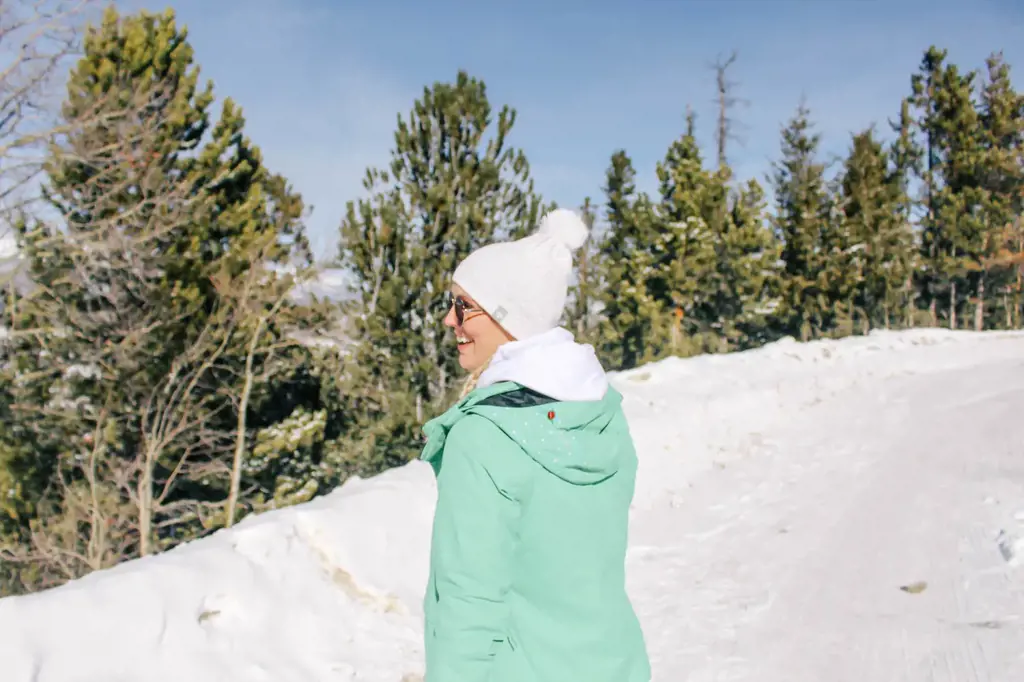
Winter in the Colorado mountains can be brutally cold, especially in January. With temperatures dropping well below freezing, it is crucial to pack appropriately to stay warm and comfortable during your trip.
On average, temperatures in the Colorado mountains in January range between 5°F (-15°C) and 20°F (-6.7°C). However, it is not uncommon for temperatures to drop even lower, reaching subzero levels. This extreme cold is amplified by the strong winds that often whip through the mountains, creating a dangerous wind chill factor.
To stay warm in these freezing conditions, it is essential to layer your clothing. Layering allows you to adjust your attire based on your activity level and the fluctuating temperatures throughout the day. Here's a step-by-step guide on how to effectively layer your clothing:
- Base Layer: Start with a moisture-wicking base layer, such as thermal or merino wool long underwear. This will help regulate body temperature and keep sweat away from your skin.
- Insulating Layer: Add an insulating layer on top of your base layer. Fleece jackets or down vests are excellent options as they provide warmth without adding too much bulk.
- Outer Layer: Your outer layer should be a waterproof and windproof jacket and pants. Look for materials like Gore-Tex or similar technologies to ensure protection from the elements. It is also important to have a hood to shield your head from the cold winds.
- Accessories: Don't forget to pack essential accessories like gloves, a hat, and a scarf. Opt for insulated gloves with good dexterity and a warm hat that covers your ears. A scarf or neck gaiter can be used to protect your face from harsh winds.
- Footwear: Invest in a sturdy pair of insulated and waterproof boots. Make sure they are comfortable and have good traction to avoid slipping on icy surfaces.
- Socks: Wear thick, moisture-wicking socks to keep your feet warm and dry. Avoid cotton socks as they can retain moisture and contribute to cold feet.
- Hand and Toe Warmers: Consider bringing along hand and toe warmers for additional heat during extreme cold spells. These small chemical packets can be inserted into your gloves or boots to provide up to 8 hours of warmth.
Remember to pack multiple layers, as well as spare sets of gloves, socks, and hats. Dry and warm clothing is essential to prevent hypothermia and frostbite. It is also crucial to stay hydrated and nourished during your trip, as cold temperatures can increase your body's energy needs.
While it may seem like a lot of clothing to pack, it is better to be overprepared than underprepared when facing the frigid temperatures of the Colorado mountains in January. By following these tips and using proper layering techniques, you can ensure a safe and enjoyable experience in the winter wonderland of Colorado.
Essential Items to Pack for Your Puerto Vallarta Vacation
You may want to see also

Are there any essentials that I shouldn't forget to pack for a January trip to the Colorado mountains?
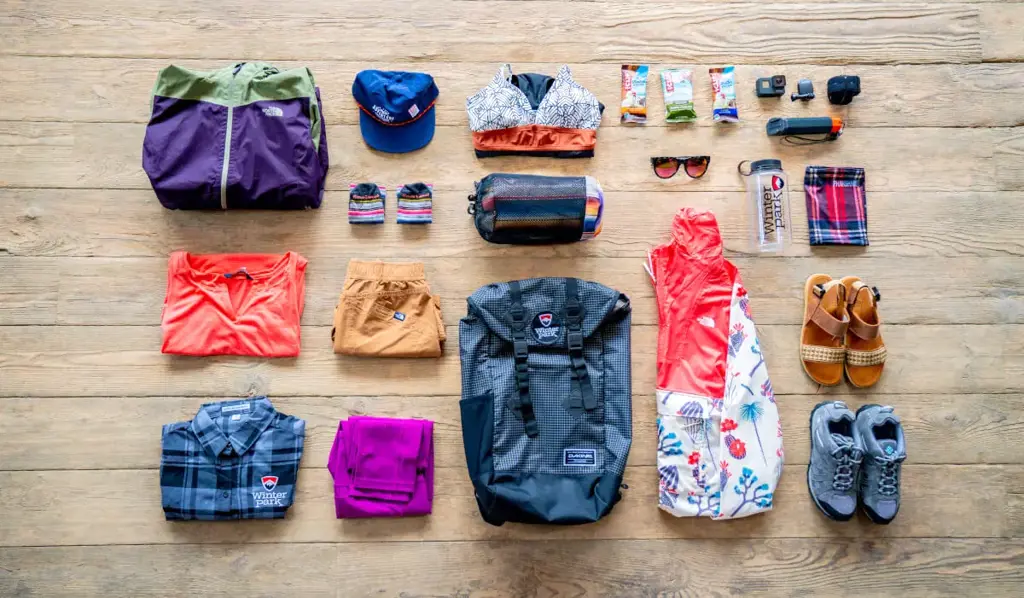
When planning a trip to the Colorado mountains in January, it is important to be well-prepared for the cold weather and potentially hazardous conditions. Here are some essential items that you should not forget to pack:
- Warm clothing: With temperatures dropping well below freezing, it is crucial to pack multiple layers of clothing to stay warm. This includes thermal base layers, insulating mid-layers, and a waterproof and windproof outer layer. Don't forget to pack a hat, gloves, and scarves to protect your extremities too.
- Proper footwear: Make sure to bring sturdy and insulated boots to navigate through snow and ice. Good traction is essential to prevent slips and falls, so consider bringing crampons or ice cleats for added grip.
- Winter accessories: In addition to warm clothing, pack some essential winter accessories. These can include hand warmers, earmuffs, and a neck gaiter or face mask to protect your face from cold winds and potential frostbite.
- Sunglasses and sunscreen: The high altitudes and reflection from the snow can result in intense sunlight and increased UV radiation. Protect your eyes with sunglasses that have UV protection, and apply sunscreen to exposed skin to prevent sunburn.
- Navigation tools: It is important to be prepared for any unexpected changes in weather conditions, including snowstorms or whiteouts. Bring a map, compass, or a GPS device, as well as a whistle to signal for help if needed.
- Emergency supplies: In case of an emergency, it is essential to have some basic supplies on hand. Pack a first-aid kit, a flashlight with extra batteries, a multi-tool, and a waterproof fire starter. It is also a good idea to carry some high-energy snacks and water bottles.
- Winter-specific equipment: If you plan on engaging in winter sports such as skiing or snowboarding, don't forget to pack your gear. This includes skis or a snowboard, boots, bindings, helmet, and appropriate clothing for the slopes.
- Medications: If you have any prescribed medications, be sure to pack enough for the duration of your trip. Consider bringing over-the-counter medications for common illnesses such as cold and flu, as well as any specific medication for altitude sickness if you are not acclimatized to high altitudes.
- Adequate communication: It is important to have a way to communicate in case of emergencies. Make sure your cell phone is fully charged and bring a portable charger or spare battery. It may also be wise to bring a two-way radio or a satellite phone if you are venturing into remote areas without reliable cell reception.
- Local weather information: Before your trip, check the local weather forecast and plan accordingly. Be prepared for sudden changes in climate and have a backup plan in case conditions become unsafe.
Remember, the key to a successful trip to the Colorado mountains in January is being well-prepared and having the right gear. By packing these essentials, you can ensure your safety and enjoyment during your winter adventure.
Essential Items to Pack for a Swim Meet
You may want to see also

Are there any specific packing considerations or tips for traveling to the Colorado mountains in January, such as dealing with snowy conditions or limited access to certain areas?
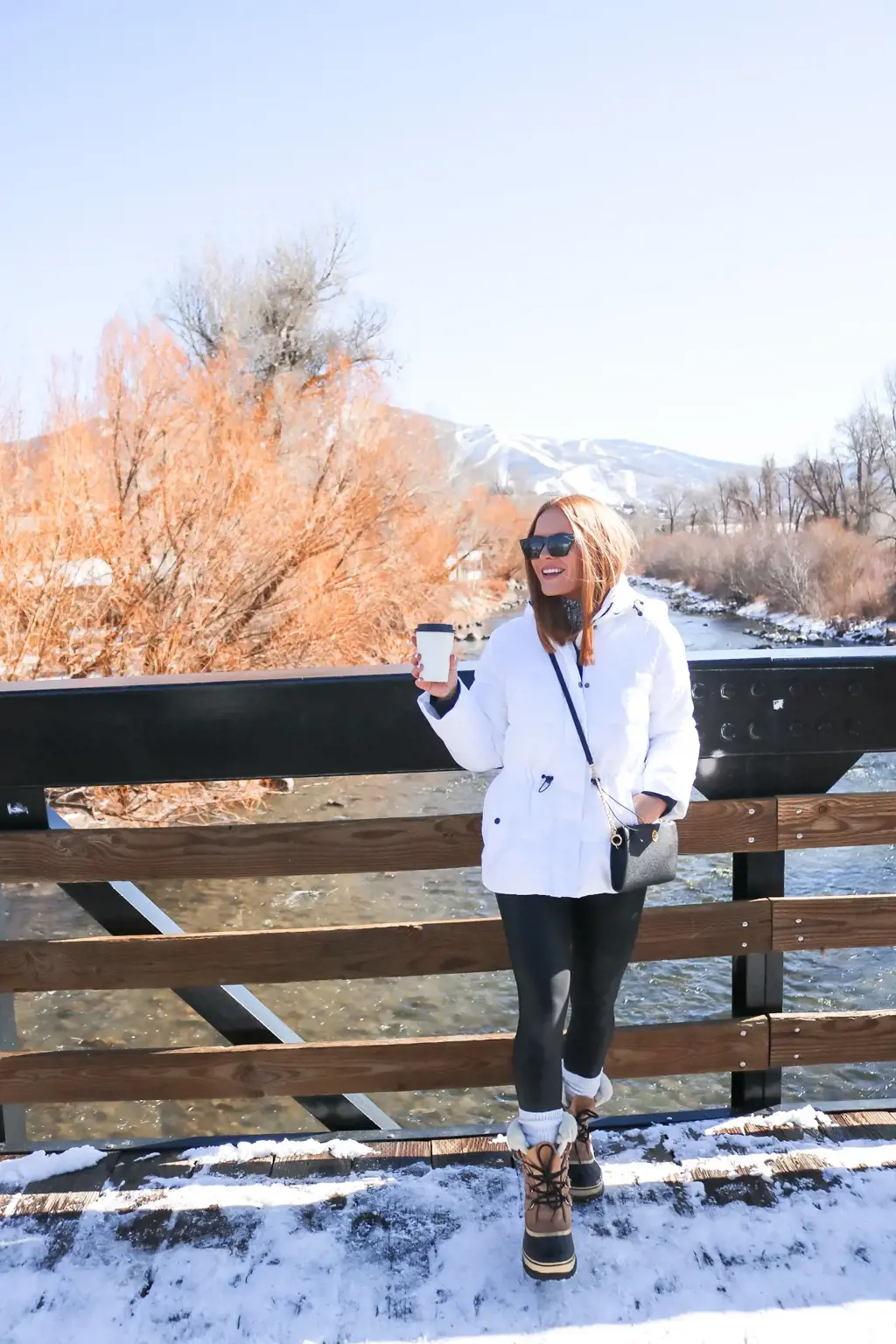
When you are traveling to the Colorado mountains in January, it is important to be prepared for snowy conditions and limited access to certain areas. The mountains in Colorado can receive significant amounts of snow during the winter months, so packing the right gear and being aware of the conditions is essential for a safe and enjoyable trip.
Here are some specific packing considerations and tips for traveling to the Colorado mountains in January:
- Clothing: Dressing in layers is key to staying warm in the mountains. Start with a moisture-wicking base layer, followed by a mid-layer for insulation, and finish with a waterproof and windproof outer layer. Don't forget to pack warm socks, gloves, a hat, and a scarf to protect your extremities from the cold.
- Footwear: It's crucial to have sturdy, waterproof boots that provide good traction in snowy conditions. Consider investing in a pair of insulated boots to keep your feet warm during outdoor activities. Additionally, pack traction devices, such as crampons or microspikes, to enhance your grip on icy surfaces.
- Winter Accessories: In addition to warm clothing, make sure to pack other winter accessories like hand warmers, lip balm, and sunscreen. The high altitude and intense sun can lead to dry skin and sunburn even in the winter months.
- Snow Gear: If you plan on participating in winter sports like skiing or snowboarding, bring your own equipment if possible. Rentals may be limited, especially in remote mountain areas. Additionally, pack a helmet, goggles, and a face mask or neck gaiter to protect your face from wind and snow.
- Vehicle Preparations: If you are planning to drive in the mountains, it's important to prepare your vehicle for winter conditions. Make sure your tires have good tread and consider using snow chains if necessary. Pack an emergency kit with items like a shovel, ice scraper, jumper cables, and extra blankets.
- Safety Equipment: It's always a good idea to have safety equipment when traveling in snowy conditions. Bring a fully charged mobile phone, a GPS or map, and a flashlight in case of emergencies. Additionally, notify someone of your travel plans and expected return time.
- Check Conditions and Plan Accordingly: Before heading into the mountains, check weather forecasts and road conditions. Some areas may have limited access or closures due to avalanches or winter storms. Plan your route accordingly and be willing to adapt your plans if necessary.
- Hydrate and Take Breaks: The air in the Colorado mountains tends to be dry, and altitude sickness can affect some people. Make sure to drink plenty of water and take regular breaks to rest and acclimate to the altitude.
- Respect Nature and Wildlife: Remember to leave no trace and respect the environment while enjoying the beauty of the Colorado mountains. Observe wildlife from a safe distance and do not feed or approach them.
Traveling to the Colorado mountains in January can be a magical experience, but it requires proper preparation and packing. By following these considerations and tips, you can ensure a safe and enjoyable winter trip to the mountains.
Essential Items to Pack for a 30-Day Rehab Program
You may want to see also
Frequently asked questions
When visiting the Colorado mountains in January, it is important to pack layers of warm clothing. The temperature can vary greatly, so it's best to be prepared for cold weather. Start with a base layer of thermal clothing or long underwear, followed by sweaters or fleeces as a middle layer. A waterproof and insulated jacket is essential, as well as warm socks, gloves, and a hat. Don't forget to pack sturdy snow boots for hiking or outdoor activities in the snow.
Accessories are important for staying warm and comfortable in the Colorado mountains in January. Consider bringing items such as hand warmers, a neck gaiter or scarf, and a pair of sunglasses or ski goggles to protect your eyes from the bright winter sun and potential snow glare. Additionally, a good quality backpack is useful for carrying water, snacks, and any extra layers you may need throughout your adventure.
For outdoor activities in the Colorado mountains in January, it is important to pack appropriate gear. If you plan to go skiing, snowboarding, snowshoeing, or participate in any other winter sports, make sure to bring your own equipment or rent it in advance. Additionally, pack sunscreen with a high SPF to protect your skin from the sun's reflection off the snow. A camera or smartphone with a good camera is also a must to capture the beautiful winter scenery.
Safety should always be a priority when visiting the Colorado mountains in January. It is essential to pack a fully-charged cell phone and a portable charger in case of emergencies. Additionally, consider bringing a basic first aid kit with items such as band-aids, pain relievers, and hand sanitizer. It is also important to carry a map or GPS device and familiarize yourself with the area's trails and emergency contact information. Finally, make sure to pack plenty of water and high-energy snacks to stay hydrated and fueled during your outdoor adventures.


